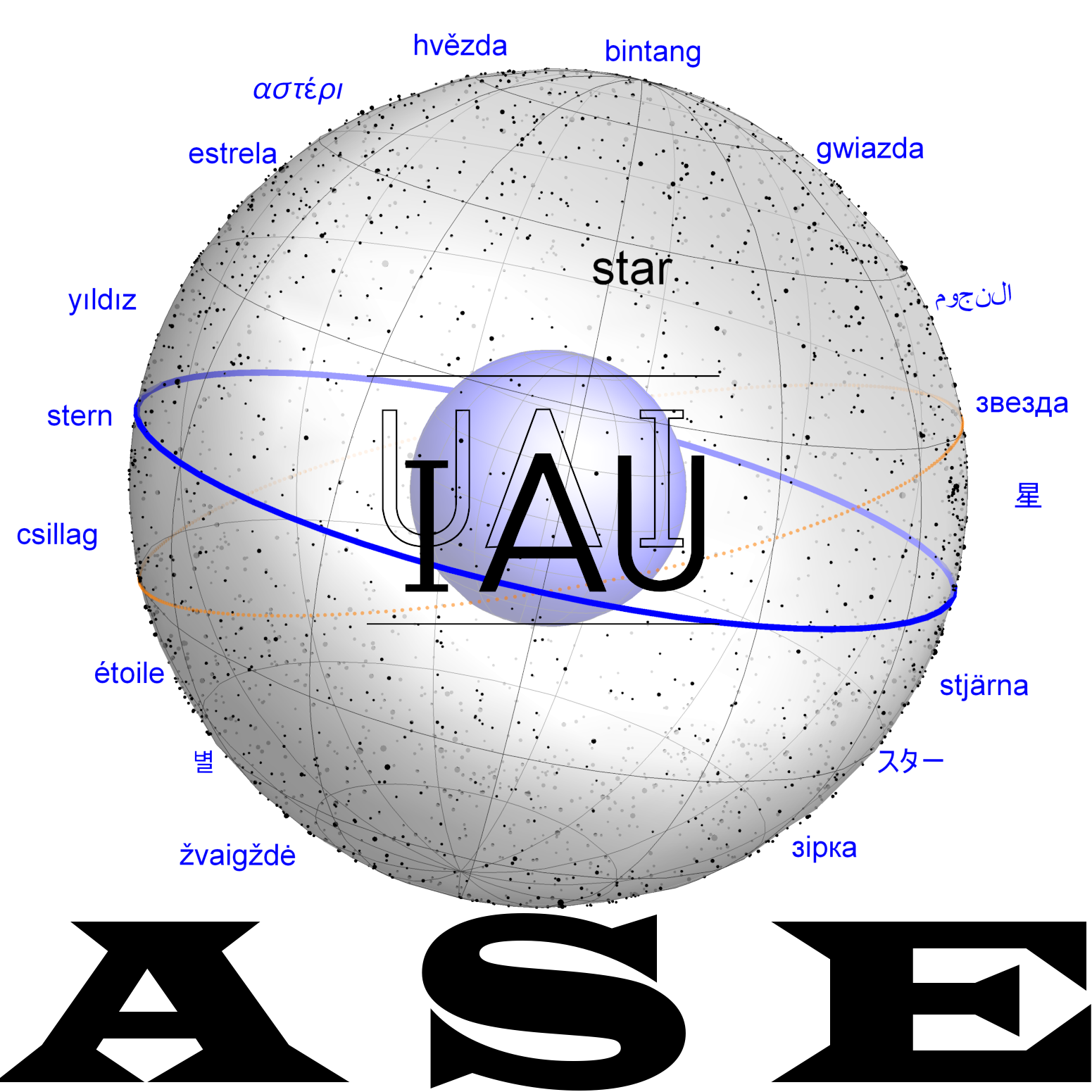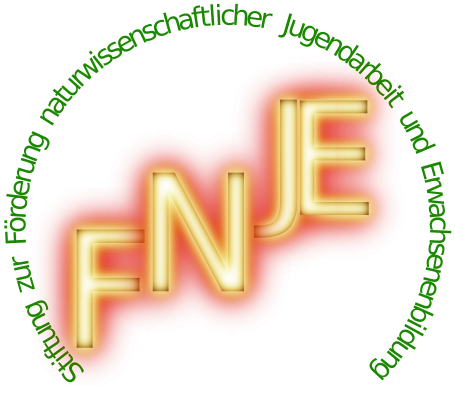mulGIBIL6, Girra
GIBIL6
The astral manifestation of the Sumero-Akkadian fire-god Girra. In Old Babylonian Prayers to the Gods of the Night, Girra is an independent constellation which may also be the case in the contemporary myth 'Girra and Elamatum' when complete. Later, Girra becomes identified with Mars because of the planet's fiery red-orange color (see Horowitz 2020: 142-143)
Dictionary
Kurtik with Hilder, Hoffmann, Horowitz, Kim
Var. readings:
- 1) dBIL.GI, dNE.GI (GIBIL6); = dGIŠ.BAR; = dGirru, Sumero-Akkadian fire god, Girra.
- 2) epithet of Mars, see also (Kurtik g13) GIŠ.BAR.
| Sources | Identifications |
|---|---|
| "Prayers to the Gods of the Night."
Old Babylonian prayer:
|
constellation |
Seleucid temple ritual.
|
|
Cooley 2013: 126-129 discusses the astronomical myth 'Girra and Elamatum,' and what must be the related commentary of some sort K. 7609.
Historical Dictionaries
| Kurtik (2022, g13) | Gössmann (1950) |
|---|---|
| вар. чтения: dBIL.GI, dNE.GI; = dGIŠ.BAR; = dGirru, бог огня Гирру/Гирра; 1) звезда или созвездие, 2) эпитет Марса, см. также g13GIŠ.BAR.
I. Источники. «Молитвы ночным богам». Старовавилонская молитва: а) Erm. 15642: na-wa-ru-um dBIL:GI «Блестящий Гирра» [Horowitz 2000, 196–197:15], а также [Шилейко 1924, 147; Dossin 1935, 180; von Soden 1936, 306], b). AO 6769: nam-ru dBIL:GI «Блестящий Гирра» [Dossin 1935, 181–182:16; Horowitz 1996, 60], c) CBS 574: šam-ru dGIB[IL6] «Свирепый Гир[ра]» [Horowitz–Wasserman 1996, 58:13]. Селевкидский храмовый ритуал. múlAN dBIL:GI ez-zu… «Марс, гневный Гирра …» [RAcc 138, 153:308; Linssen 2004, 220:308]. W. 22281a. dBIL:GI ZALAG2 ša2 IGI dEn-me-šar2-ra «Блестящий (огненный) Гирра перед Энмешаррой» [SpTU I, 95:10ʹ]; полный текст см. h12lúḪUN.GA2. Список K 7069: dEN.ME.ŠAR.R[A …] / dEN.ME.ŠAR.RA[…] / MUL.MUL za-ap-pu […] / mulBIL.GI IZI.GAR […] / [m]ulŠUDUN M[UL…] / [m]ulka-li-tum […] «Энмешарр[а …] / Энмешарра […] / Звезды, Щетина / Гирра, свет […] / Ярмо, З[везда…] / Почка […]» [CT 26, 49:4–9; Cooley 2013, 126] Отождествление Гирры с созвездием Небесный Бык см. [Cooley 2013, 126–129]. |
Example |




